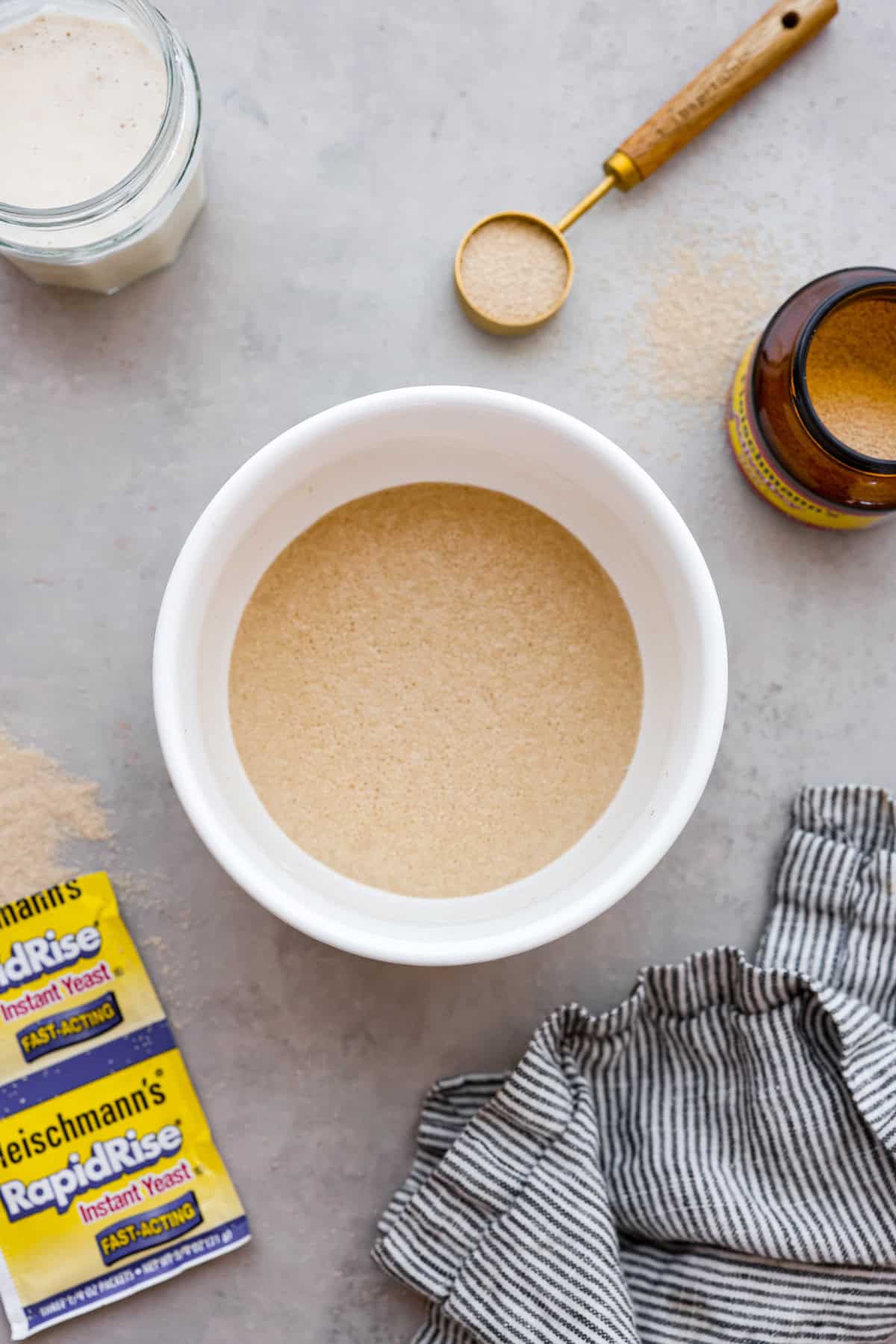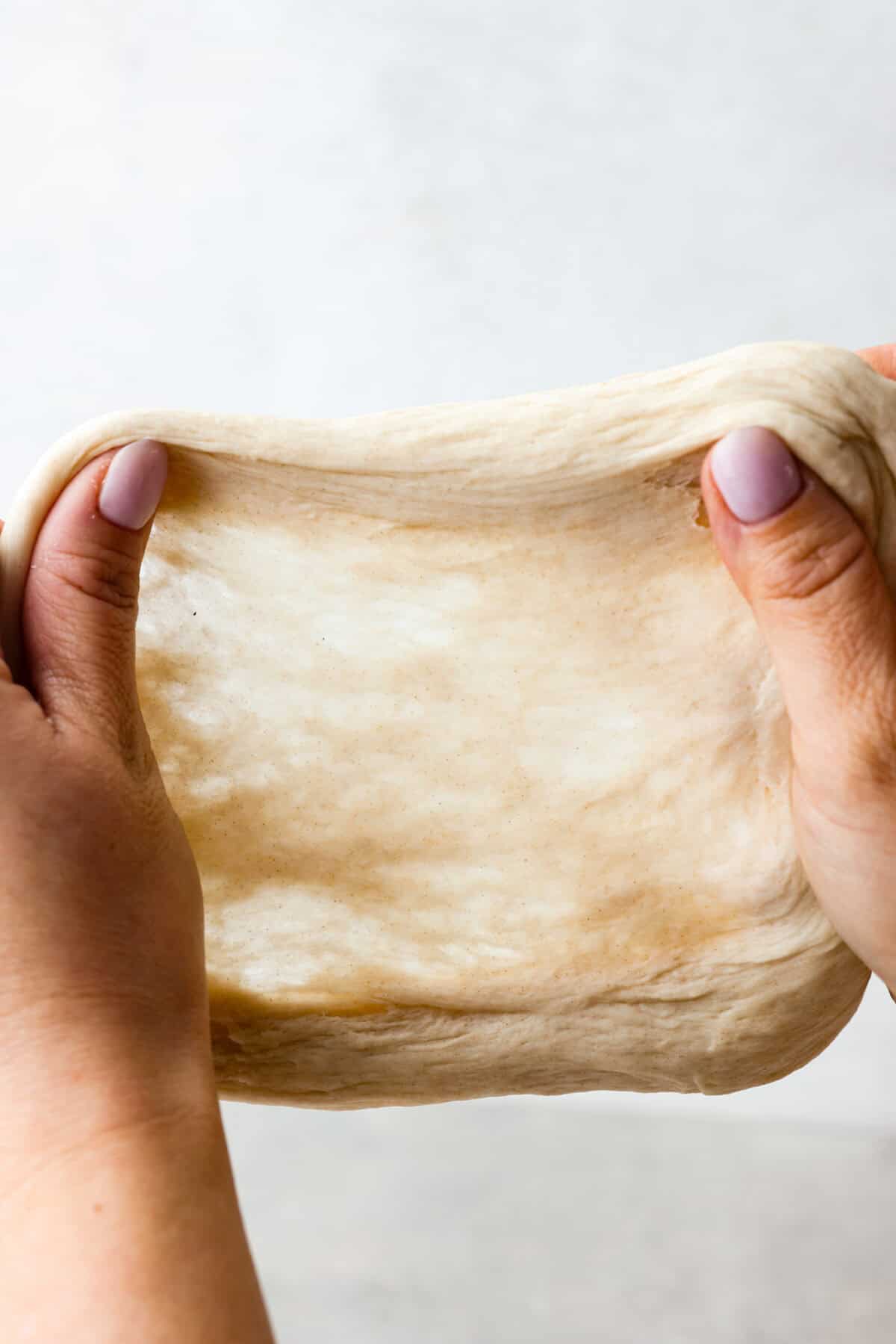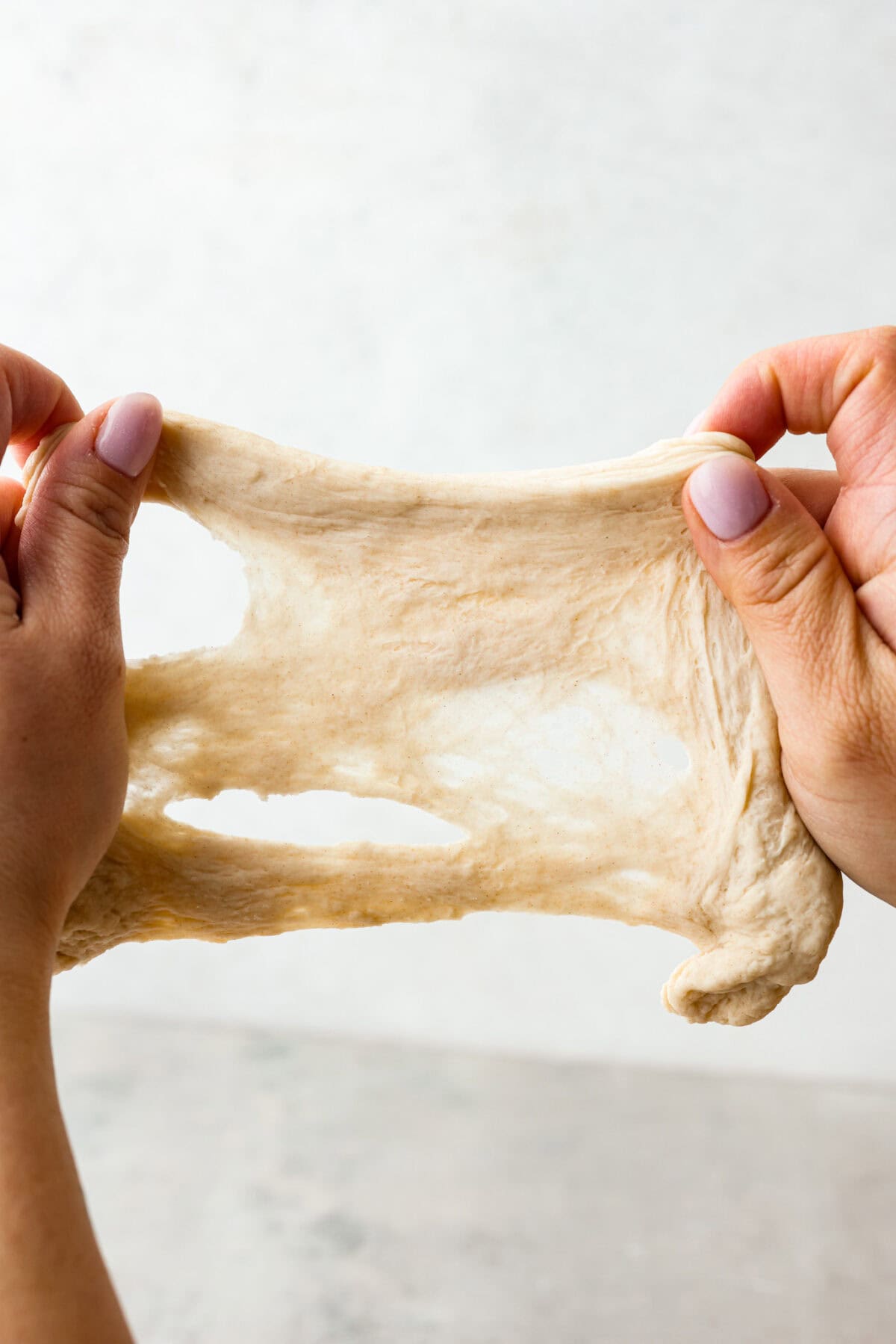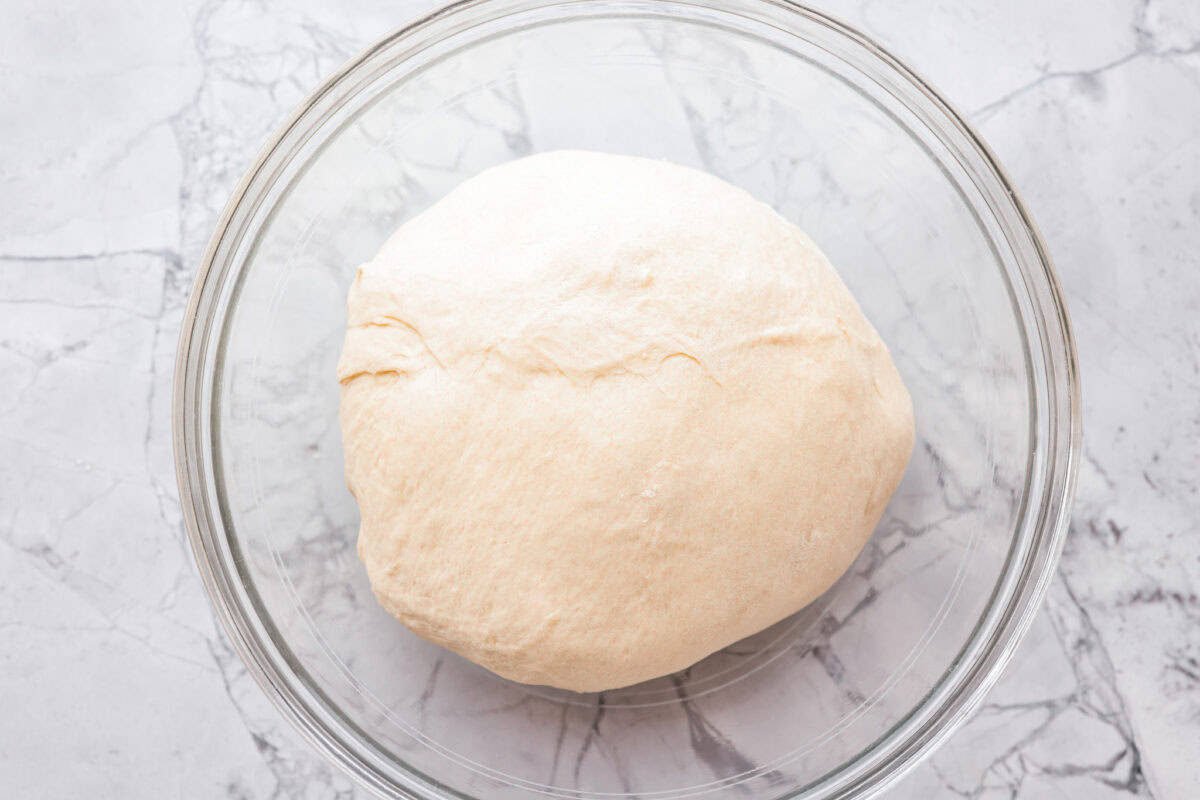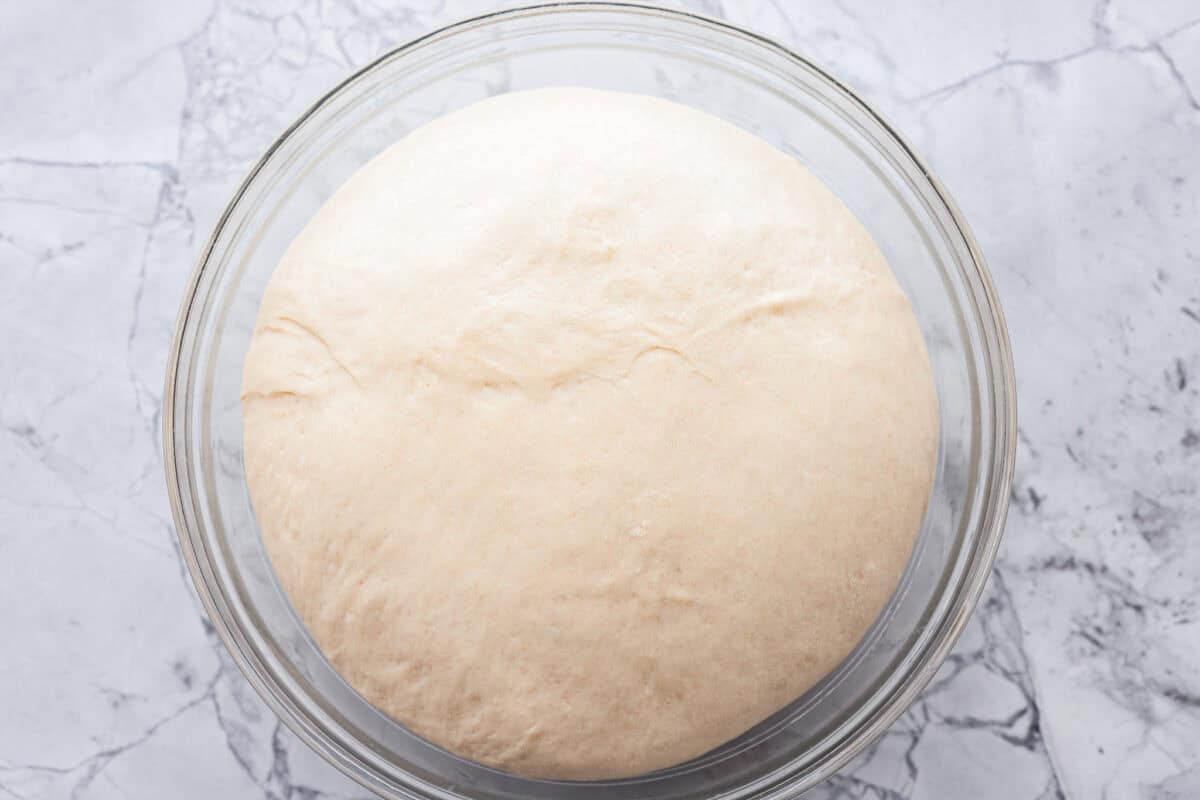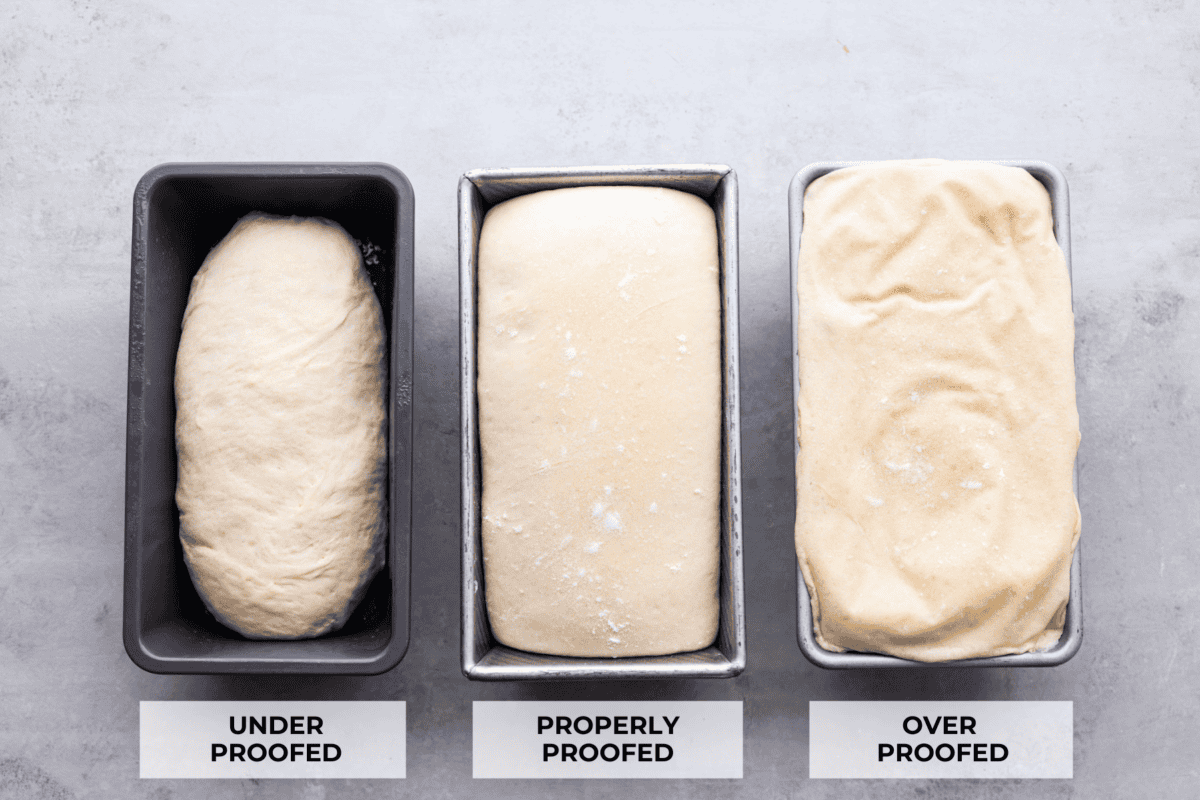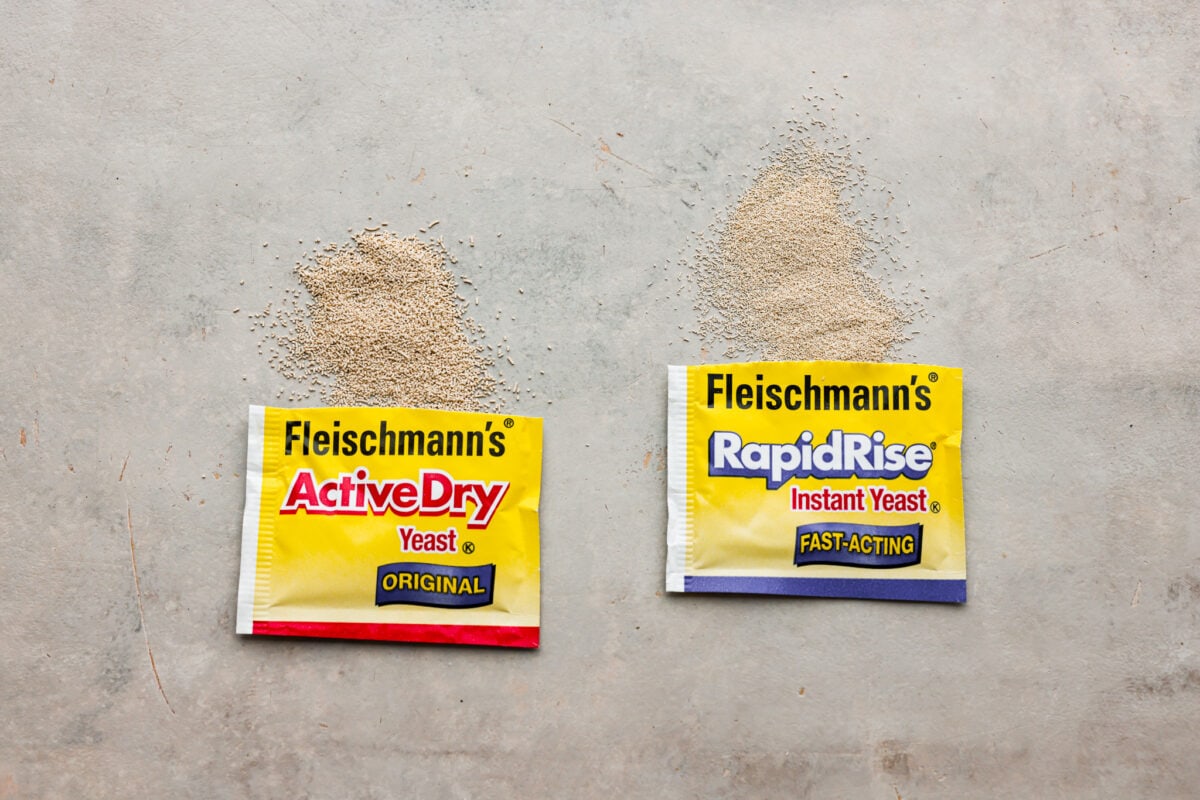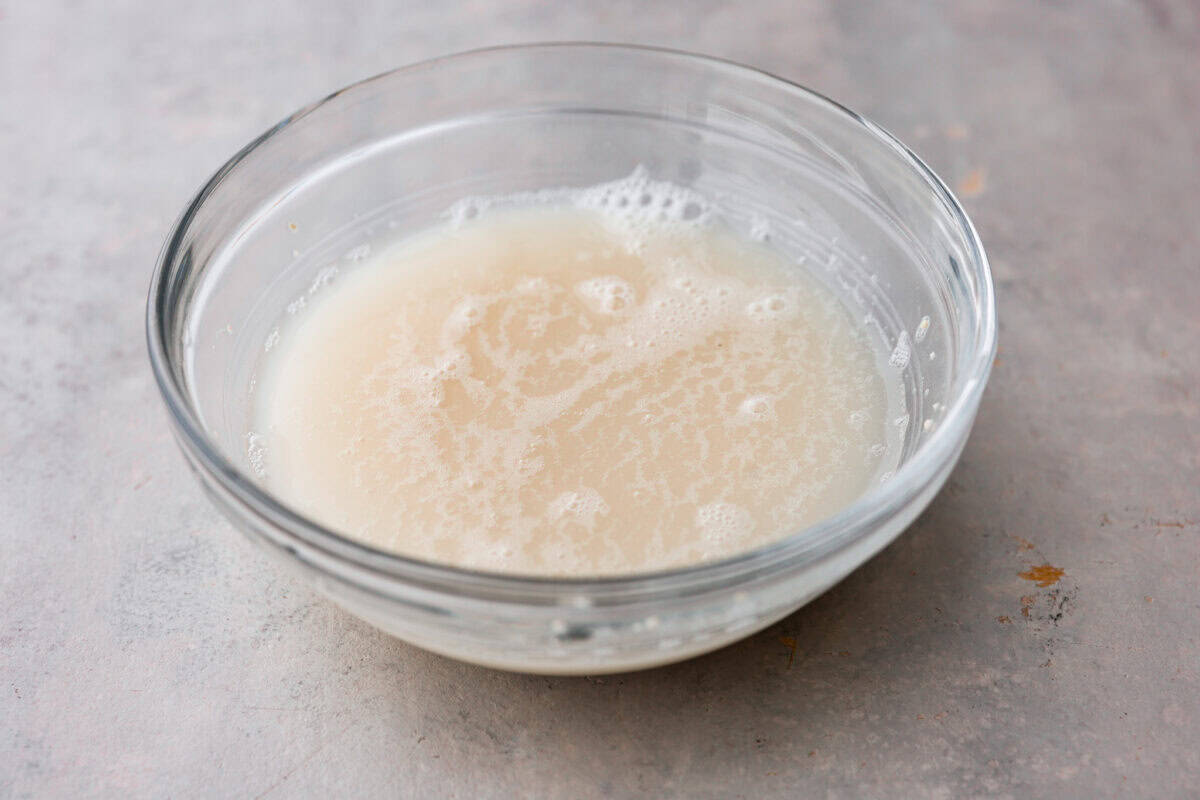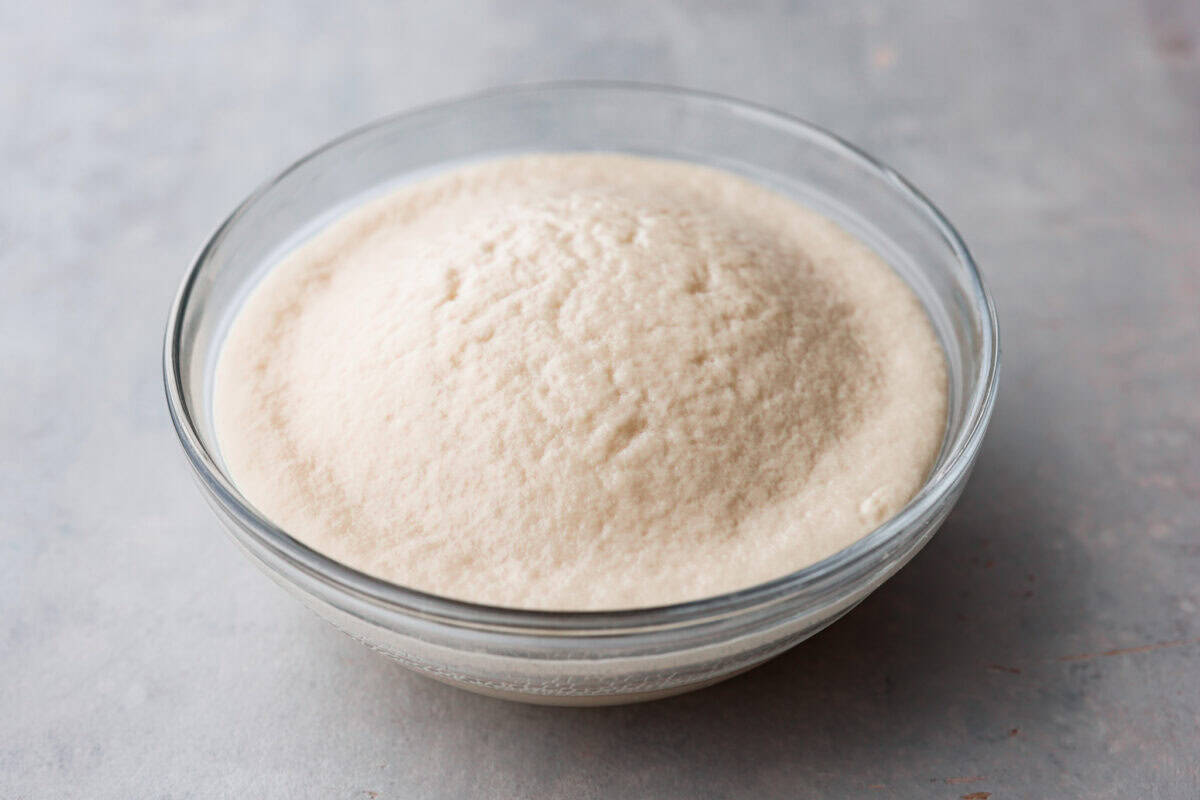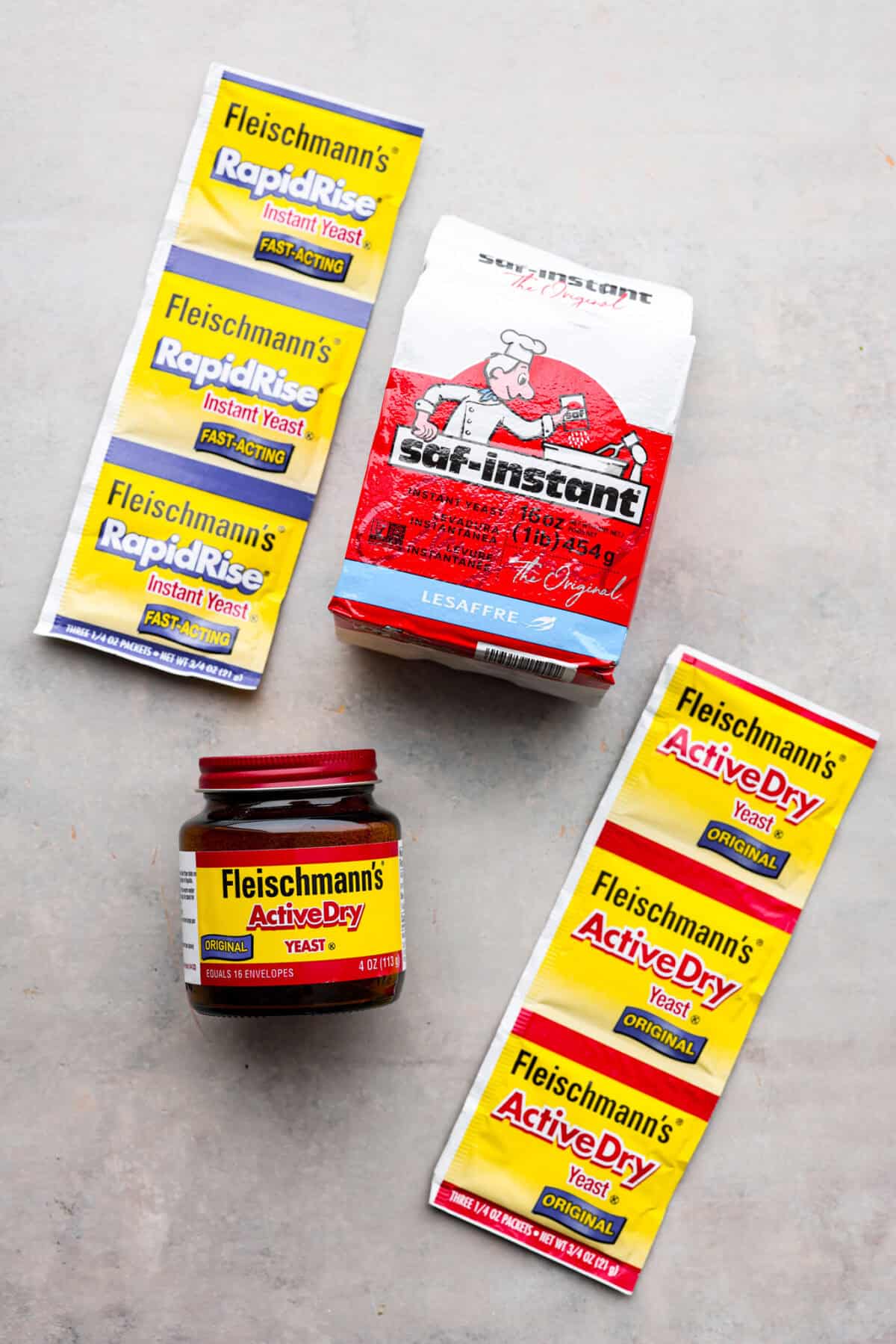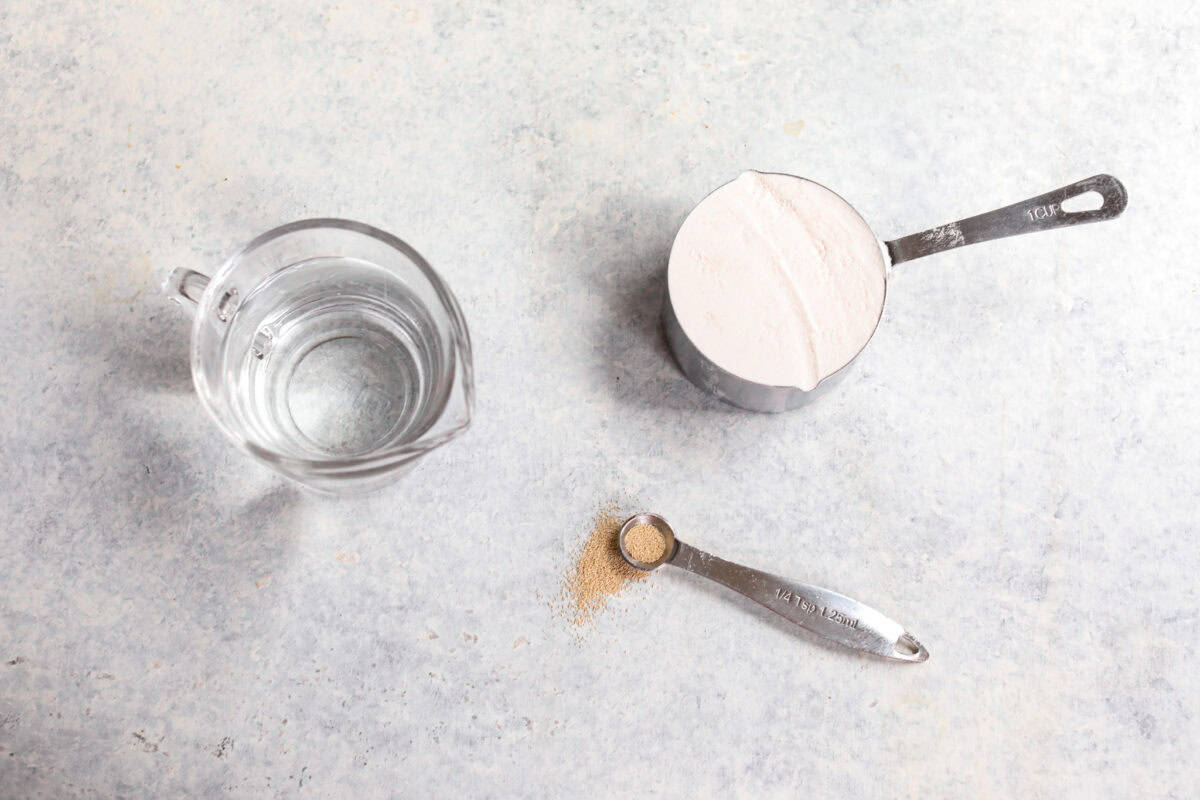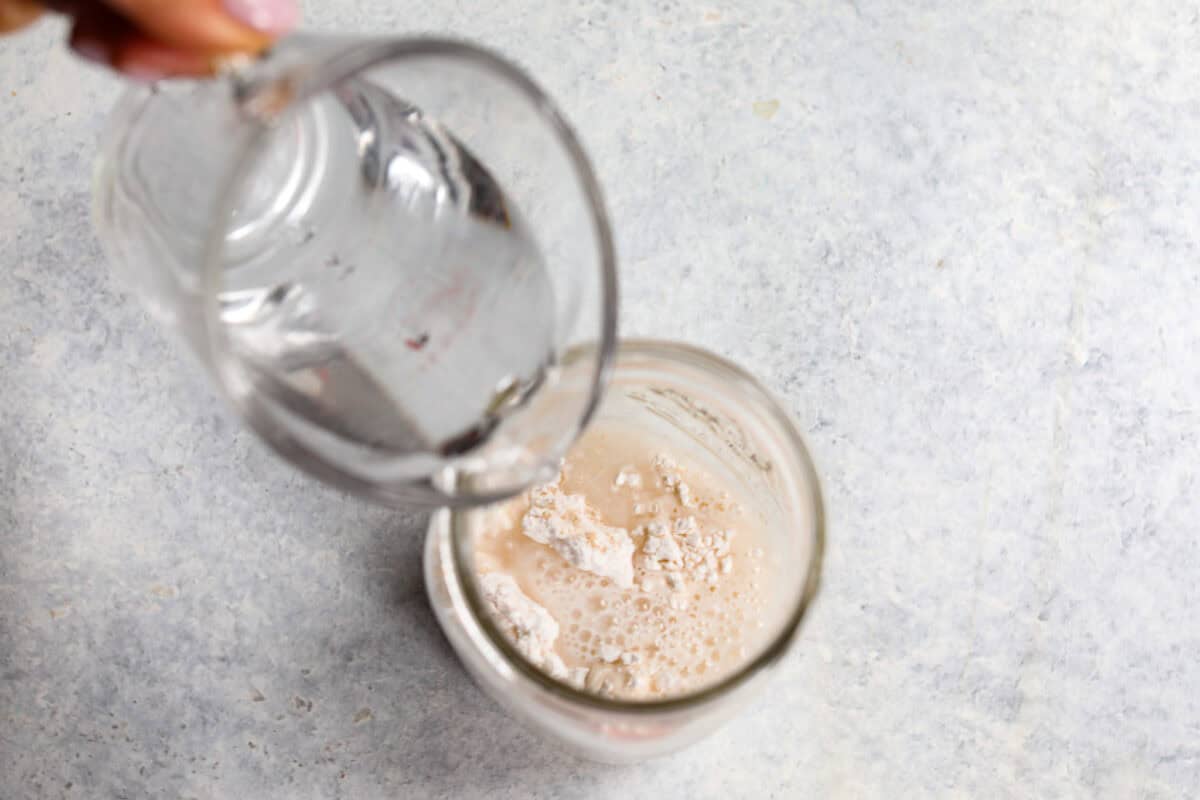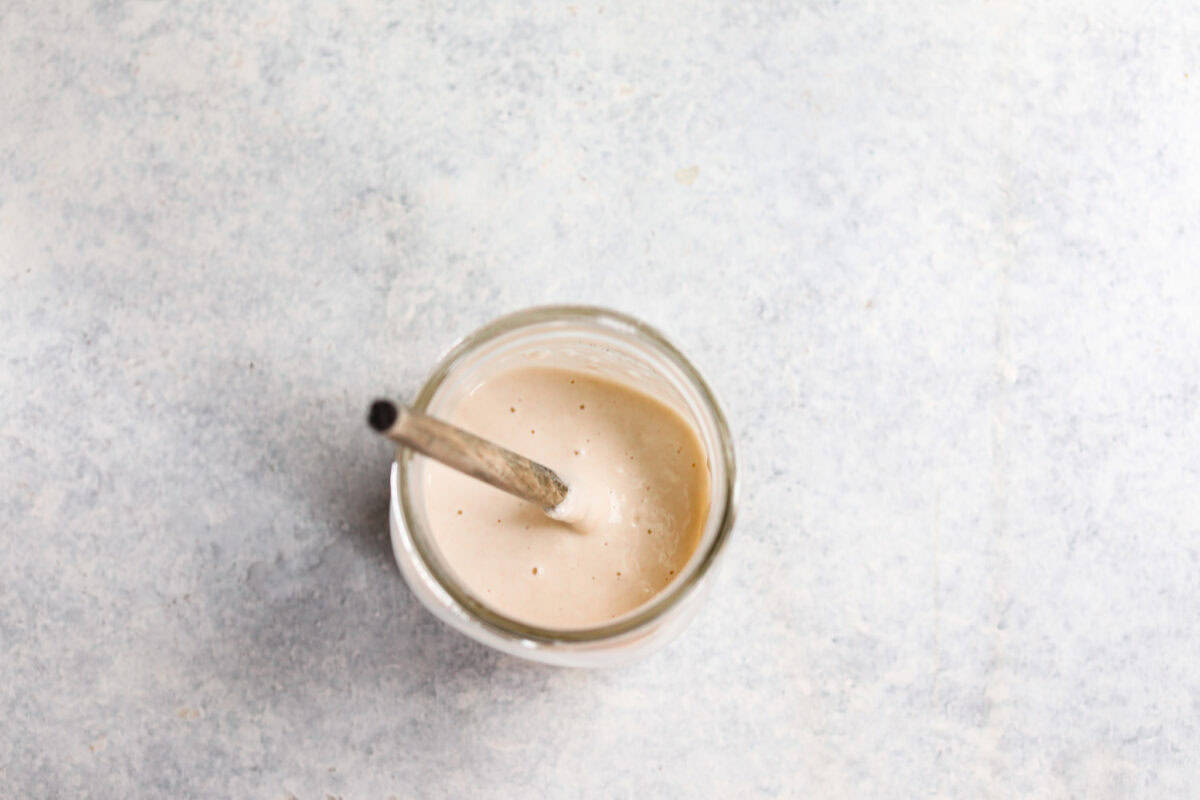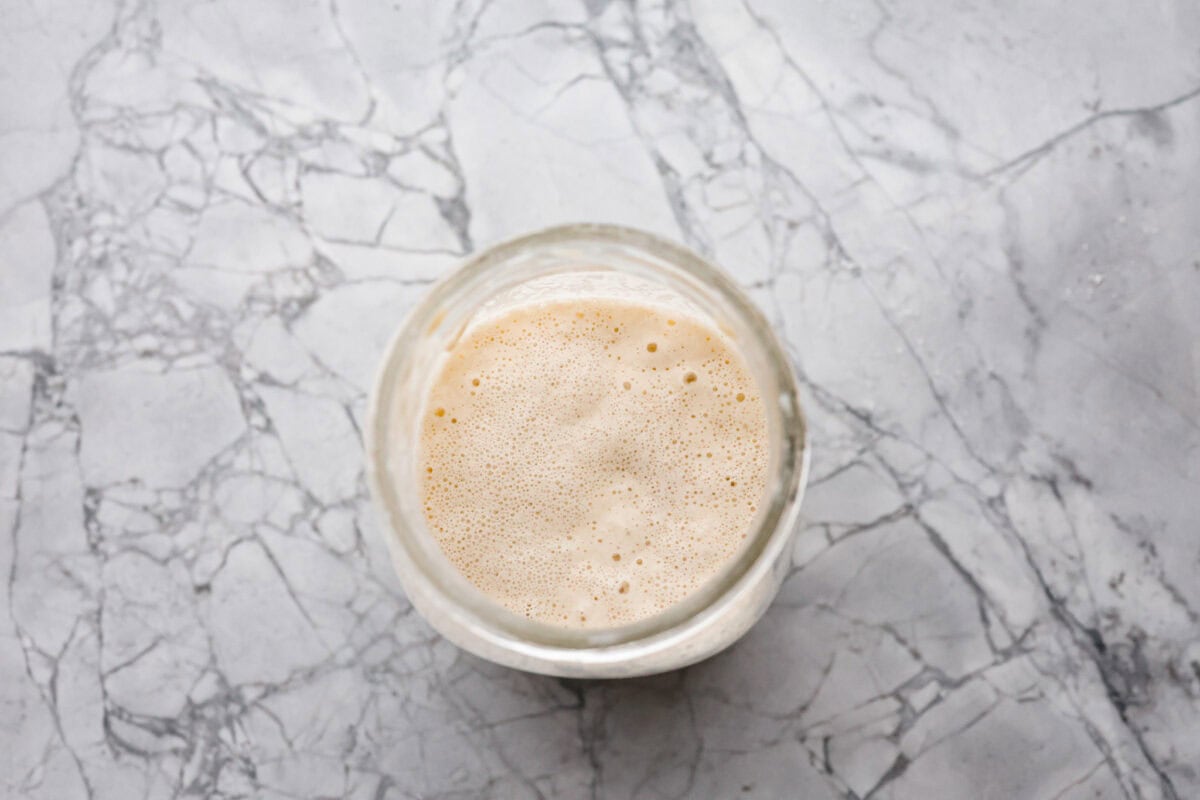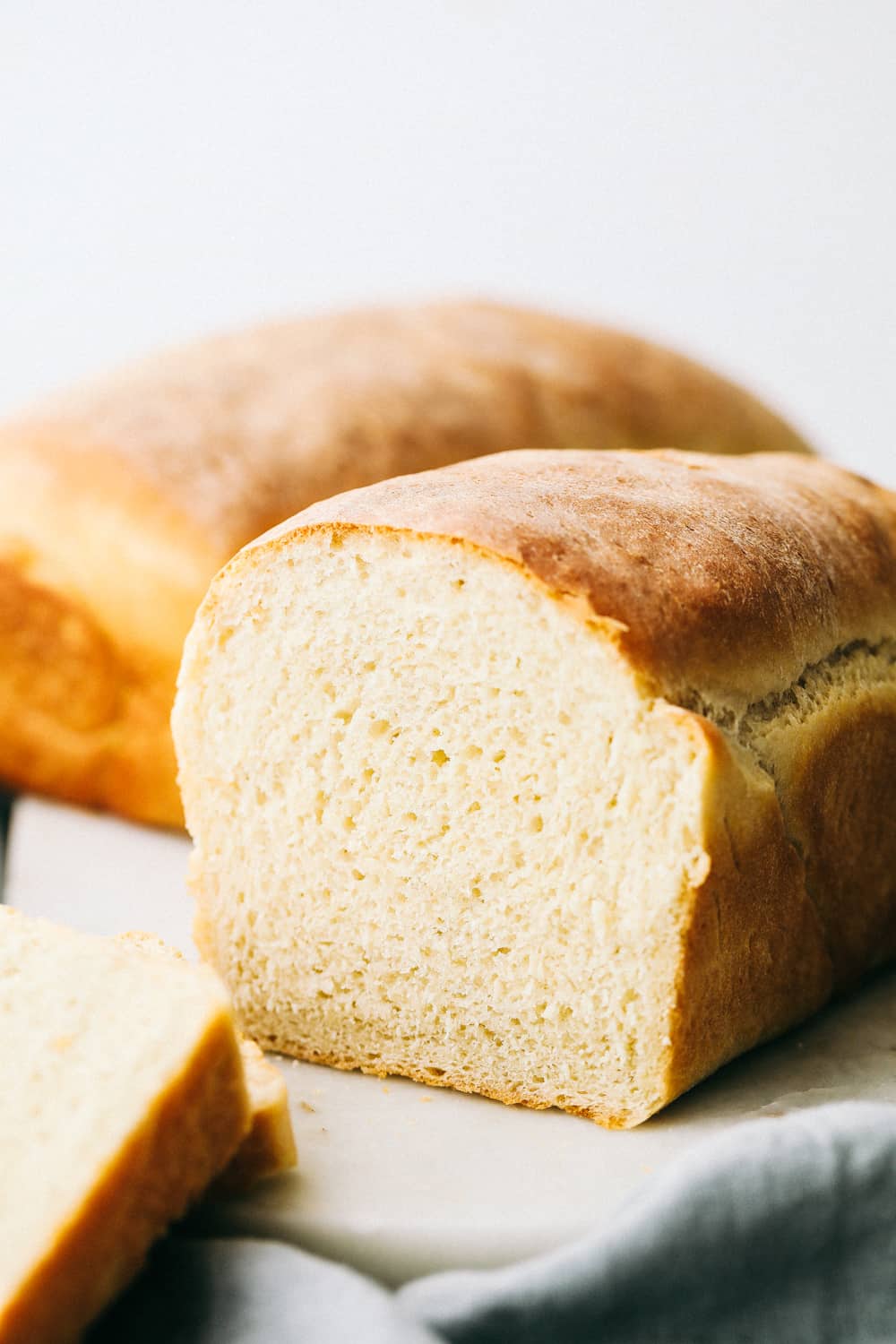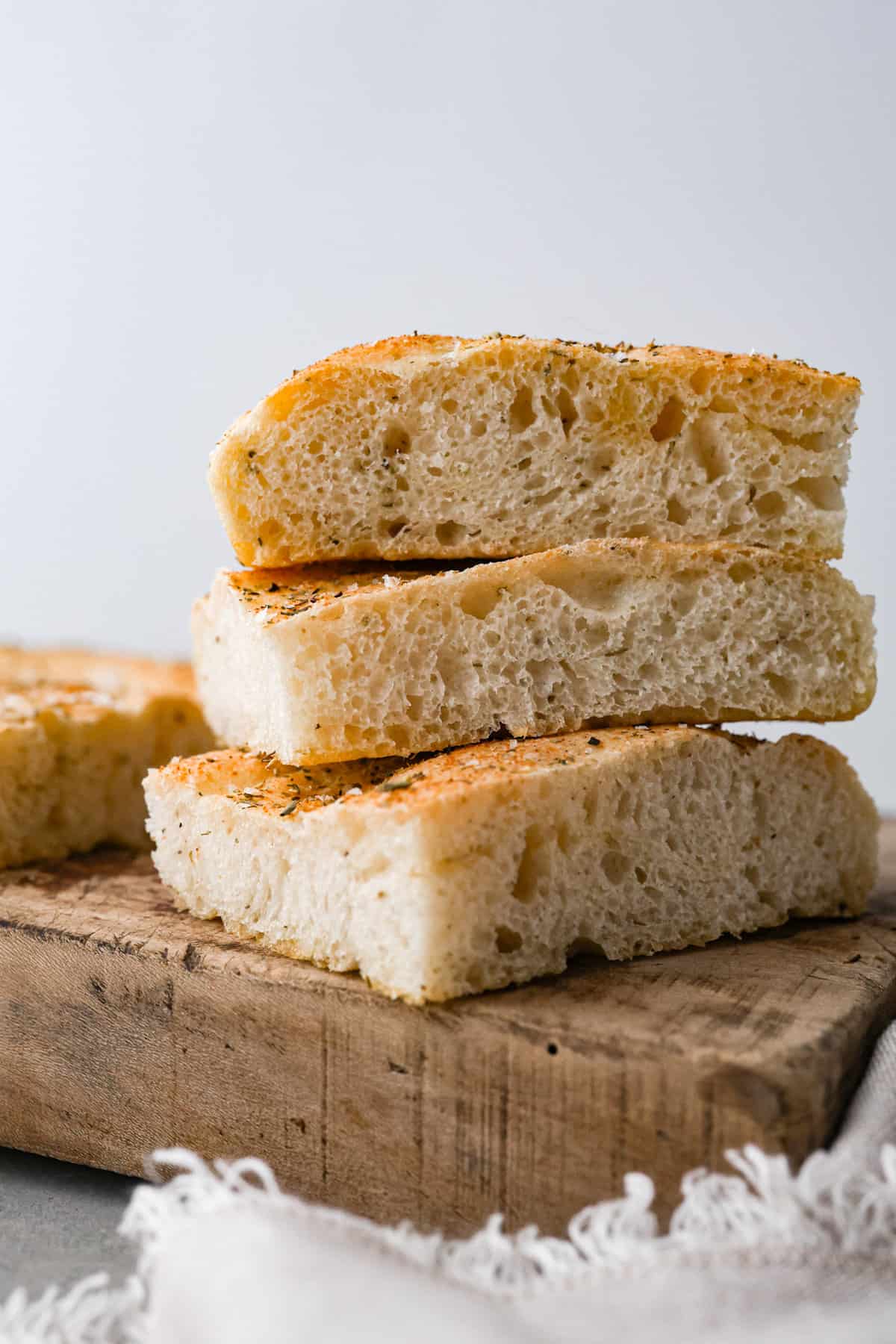Some of my favorite recipes that I use with yeast are my Grandma’s Perfect Homemade Bread, or these yummy Poffertjes!
What is Yeast and Why Do I Use It?
To put it simply, yeast is a leavening agent, which means it’s the ingredient that makes bread and batters fluffy and porous. Yeast is a natural leavening agent while baking powder and baking soda are chemical leavening agents. Baking powder and baking soda are to cakes what yeast is to bread.
Gluten Window Test
To test whether your gluten is strong enough (meaning checking to see if your dough worked enough and will rise and expand) you can do a gluten window test. This is when you stretch the dough out between your hands like a square window. If the dough holds and stretches nicely, the gluten is strong enough, and it will hold together, creating a bread with good rise, texture, and flavor.
What Affects How Dough Rises?
It’s really important to check if your yeast is healthy. If it’s old or not good anymore, it won’t be able to do its job of making your dough rise.
Age of Yeast: If your yeast is expired, it won’t make your dough rise. Liquid Temperature: Most recipes call for warm water or milk to grow yeast. However, you should make sure that the water isn’t too hot. If it’s too hot, the yeast will start to die. The ideal temperature for yeast to grow in is 100-110°F. Yeast will die at 140°F. Room Temperature: When you are trying to get your dough to rise, the temperature of the room matters a lot! If the room is too cold, the yeast works really slowly, and your bread will turn out hard and dense with no flavor. If it’s too hot, the yeast works fast. The dough will flatten with the slightest disturbance and deflate in the oven if it is over proofed. Quality of Flour: If your flour is old, it won’t have the proper nutrients to feed the yeast, which will result in flat or dense loaves.
Is My Dough Over Proofed or Under Proofed?
Indentation Test: Press your finger gently into the dough. If the indentation remains and doesn’t bounce back, it’s likely over proofed. If it springs back quickly and completely, it’s likely under proofed. Appearance: If the dough looks excessively puffy, has a sticky surface, or appears to be deflated or collapsed, it may be over proofed. If the dough is dense and compact, it is underproofed. Texture: Over proofed dough may feel too soft or delicate. It might lack the elasticity and structure typically associated with properly proofed dough. Under proofed dough may feel tough and resistant when touched. Smell: An over-proofed dough might have a slightly sour or fermented smell, indicating that the yeast has exhausted its food source. Time: If the dough has been proofing for significantly longer than the recommended time in the recipe, it’s likely over-proofed. If it hasn’t doubled in size, it’s likely underproofed.
Active Dry Yeast vs Instant Yeast
Active Dry Yeast: This needs to be “activated” before you can use it in your recipe. To do this, dissolve it in a bowl of warm water and sugar to activate active dry yeast. Then, add it to the wet ingredients. Instant Yeast: Also called “rapid rise” or “Quick rise” yeast, this is typically whisked together with the dry ingredients and mixed right into the dough. No activation required.
How to Know if Your Yeast Has Expired
The best way to test your yeast, whether it’s active dry, or instant, is to mix one packet (or 2 ¼ teaspoons) of the yeast with ½ cup of warm water and 1 tablespoon sugar or honey. Whisk the ingredients together and let the mixture sit undisturbed for at least 15 minutes. The mixture should become foamy or bubbly at the top. If it doesn’t foam up, then the yeast is bad and should be thrown out.
When to Use Active Dry Yeast: If you are baking bread, have the time, and want a bread that’s deep and rich in flavor, I would use this yeast. There is a lot more wiggle room when it comes to giving the dough a longer proofing process when you use active dry yeast. When to Use Instant Yeast: This is great for things like cinnamon rolls or quick, simple bread (used for sandwiches or toast).
Storing Yeast at Room Temperature: A sealed, unopened jar of yeast or vacuum-sealed packet has a shelf life of two years, although I’ve heard it is supposed to be good indefinitely. For the packets, I have found that keeping them around for longer than a year will typically result in the yeast becoming inactive. Storing Refrigerated Yeast: Once a jar has been opened, it must be refrigerated, or it will go bad within a few months. In the fridge, a jar of yeast will last at least four months, sometimes a little bit longer. Storing Yeast in the Freezer: A jar of yeast can be stored in the freezer for at least 6 months and even up to a year.
**Always test your yeast if you are unsure whether it will work. ** Later, in 2023, I decided to buy new yeast from the store. But guess what? The yeast I kept in the freezer for three years still worked perfectly fine! I made sure to check it every month to make sure it was still good. So, if you want to keep yeast for a long time, store it in the freezer and test it regularly. Ingredients:
1 cup all-purpose flour (you can also use bread flour or a wheat flour blend) 1 cup cold water A pinch of active dry yeast (just less than ¼ teaspoon)
Instructions: The longer you keep it alive with regular feedings, the richer it will be.
Quick 45 Minute Cinnamon Rolls
45 mins
Grandma’s Perfect Homemade Bread
3 hrs 45 mins
Poffertjes
1 hr 5 mins
Focaccia Bread
2 hrs 45 mins
